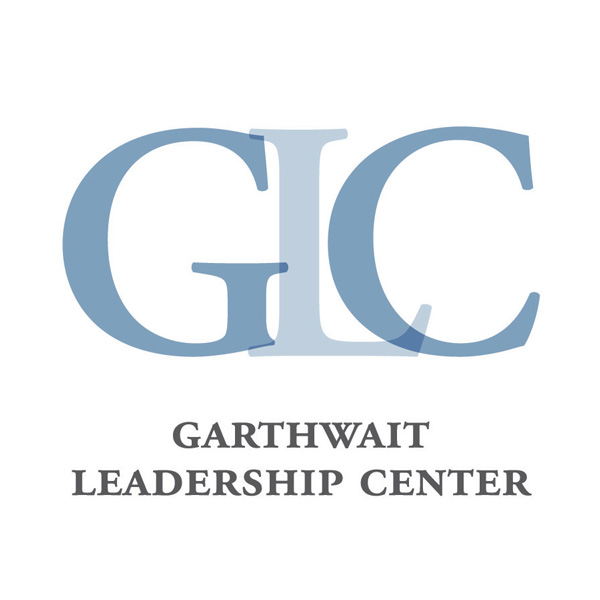
Welcome to the October edition of the GLC Newsletter!
Organizations today face extremely complex challenges. Sometimes referred to as ‘wicked problems,’ these issues are not easily identifiable and not easily tackled by one single solution. In his acclaimed book on adaptive leadership, Leadership Without Easy Answers, Ron Heifetz calls these problems “adaptive challenges.” Heifetz suggests that these challenges are different from ‘technical’ problems (which we already have the information and expertise to solve). Adaptive challenges require a different type of leadership that is less reliant on knowing all the answers and more dependent on mobilizing others to address the problem together.
Adaptive leadership is the practice of “mobilizing people to tackle the toughest problems and do the adaptive work necessary to achieve progress.” The work of leadership is to frame the adaptive challenge and create an environment in which all members of the organization take responsibility for addressing the problem. This process enables the organization to face the competing values underneath the surface of the problem together, which generates the learning necessary to create positive change.
At the GLC, we work with more than 30 organizations on campus each year through our group development program to help Gettysburgians address topics and challenges important to them. For example, during the Women’s Soccer team pre-season, we facilitated a workshop for them to generate consensus on their vision for the year. Although not every issue is an adaptive challenge, the organizations we work with find great value i n an outside facilitator helping them to identify a challenge and explore approaches to improve.
Unfortunately, not every leader has the luxury of working with an outside facilitator. To help leaders find ways to practice adaptive leadership, Heifetz provides us with seven suggested behaviors that promote adaptive work:
- Get on the balcony
- Distinguish between oneself and one’s role
- Externalize the conflict
- Find a confidant and an ally
- Listen to oneself through reflection and feedback
- Find a sanctuary
- Preserve a sense of purpose
As you approach your organization’s challenges, I encourage you to consider how you can integrate these behaviors in your leadership practice. Heifetz says that tackling tough problems is the goal of leadership—getting that work done is its essence!
Thank you so much for your continued support of the GLC.
Best wishes,
Andy
Andy Hughes
Executive Director, Garthwait Leadership Center
ahughes@gettysburg.edu
By Staff
Posted: 11/22/19